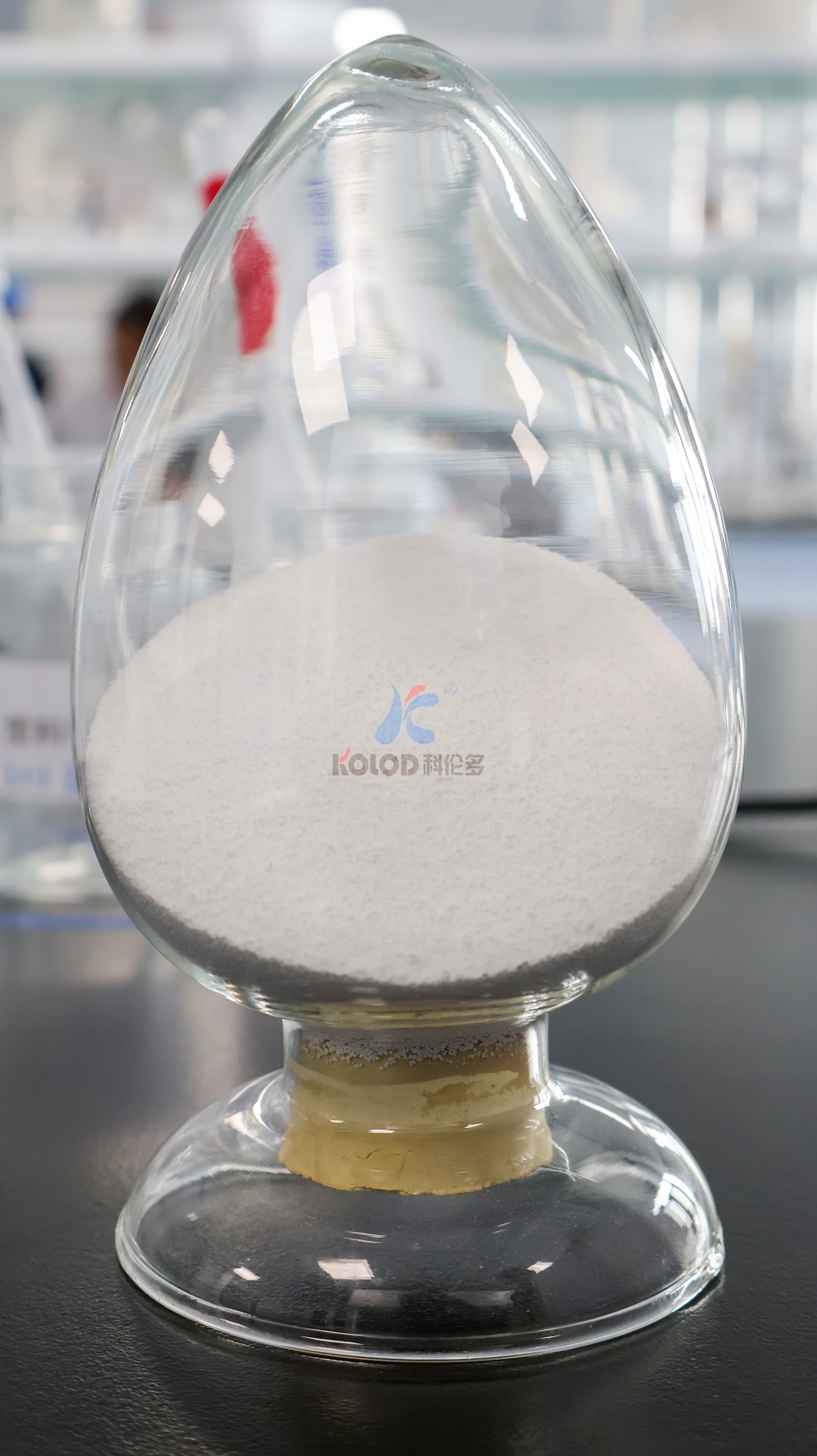Here are some specific food categories and their corresponding maximum usage amounts:
1.Baked goods (including bread, cakes, biscuits, etc.): the maximum usage is 15.0g/kg, calculated as phosphate (PO43-).
2.Wheat flour (including general wheat flour, special wheat flour, etc.): the maximum usage is 5.0g/kg, calculated as phosphate (PO43-).
3.Whole grain products (including frozen French fries, frozen hash browns, etc.): the maximum usage is 1.5g/kg, calculated as phosphate (PO43-).
4.Prefabricated aquatic products (semi-finished products): the maximum usage is 1.0g/kg, calculated as phosphate (PO43-).
5.Cooked aquatic products (can be eaten directly): the maximum usage is 5.0g/kg, limited to sodium pyrophosphate and sodium hexametaphosphate, calculated as phosphate (PO43-).
6.Canned aquatic products: the maximum usage is 1.0g/kg, calculated as phosphate (PO43-).
These data provide the maximum allowable usage of anhydrous sodium pyrophosphate in different food categories to ensure food safety and compliance. In practical applications, these standards should be strictly followed and the appropriate addition amount should be determined based on the specific food processing technology and product characteristics .

 Jiangsu Kolod Food Ingredients Co., Ltd.
Jiangsu Kolod Food Ingredients Co., Ltd.

